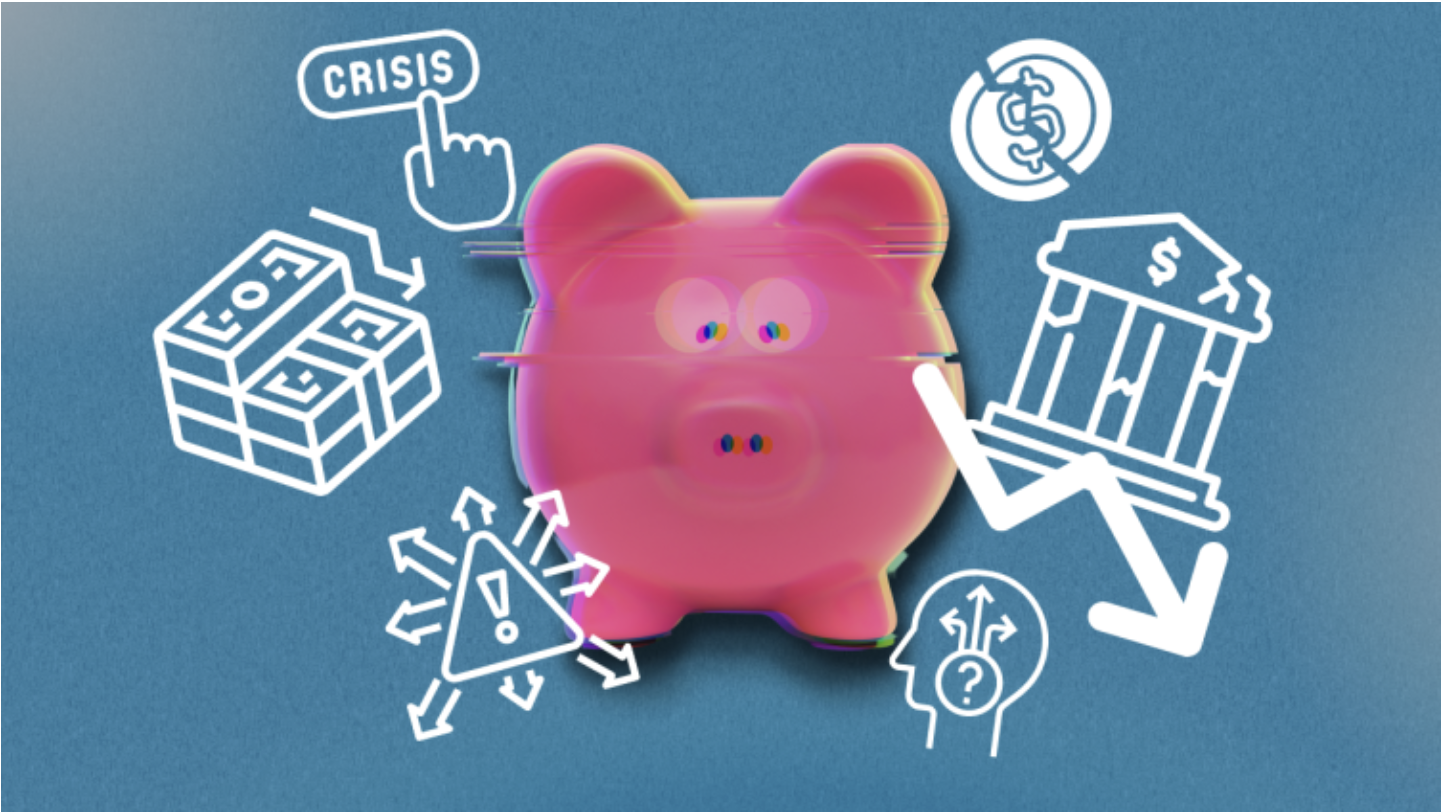I Lead a Non-Profit That Banked with SVB. Here’s What Navigating a Bank Run Taught Me about Crisis Management.
Editor's Note: Melissa Wu originally published this piece on LinkedIn. You may view the original here.
Two Thursdays ago, I was wrapping up my workday at Education Pioneers on a positive note. After an energizing planning meeting with my senior leadership team, I shifted to mom-mode and picked up my two children from their afterschool program. We were discussing details for my oldest’s upcoming birthday party when I walked in the door to my husband saying words I never expected to hear: “There’s a run on Silicon Valley Bank.”
Education Pioneers (EP) has been a client of Silicon Valley Bank (SVB) since it acquired our long-time bank in 2021, and while their higher-profile clients include venture-backed start-ups across a variety of sectors, their collapse has deeply affected nonprofit organizations within the social sector as well.
We are incredibly lucky that (thanks to federal regulators) we will emerge from this financial crisis whole, but I was very aware of the risks and consequences my organization would face if we did not. We turned that worry into fast and productive action in the three long days of uncertainty between Thursday and Sunday. I’m proud and deeply grateful for what my small-but-mighty administrative team pulled off; we got a lot done very quickly, even as I compared myself and my team to much larger, more sophisticated enterprises.
When the Unexpected Becomes Routine: Magnified Risks, Repeated Strain
It’s tempting to write a bank failure of this magnitude off as a once in a lifetime event that affects a small segment of our economy or society, but this latest crisis has confirmed that facing the unexpected has become routine, particularly for leaders in the social sector. In nine years as a non-profit leader, I’ve had to navigate a major crisis every other year—a four-day citywide blackout, an internal financial crisis early in my tenure, a global pandemic, and now, a bank run.
The crisis itself can create existential risk for nonprofits, most of which are fundamentally small organizations that face outsized challenges managing sharp disruptions. The National Council of Nonprofits reports that 97% of 501(c)3 charitable organizations have annual operating expenses of under $5 million and roughly half have less than one month of cash reserves.
Beyond the immediate risk for nonprofits and their missions, crises also create unique and repeated strain, as responsibility and unplanned work accumulates, typically falling on already lean leadership and administrative teams. The nonprofit sector is not alone in facing crises, but its risks are magnified even in moments where their missions are most important. And the natural pressure to keep staff lean often yields a shortage of both flex capacity and embedded expertise when the unexpected strikes.
Structurally, nonprofits face pressure to shift resources away from management to programmatic work. It’s explicit in common funder metrics, like percentage spent on program versus G&A. As social sector leaders, it’s easy to de-prioritize resourcing management capacity if you feel the trade-off is program capacity, or you’re struggling to recruit for skill sets in high demand in other competing sectors. It can be tempting for capable leaders and managers to just take on more themselves. But I’ve seen firsthand the downfalls of building team structures designed to function only in the most ideal conditions. No system performs well when consistently run at or above capacity, but this quickly becomes the reality when under capacity teams face the inevitable unexpected major disruption. The repercussions? A lasting drag on impact, efficiency, and coherence, to name a few.
Knowledge and Networks As Crucial Assets in the Wake of Disruption
Capacity, of course, extends beyond headcount and staffing. Knowledge and network serve as critical resources as well. I lean heavily on the learning and development I received at Harvard Business School and especially on the broad network it built for me—a rolodex of trusted peers and experts who’ve provided invaluable advice and support through the years.
We need nonprofits to address the market and system failures that neither businesses nor government have the mandate or structures to address. And we need leaders and managers who bring the skills and experiences to not only lead this work, but to navigate the world around our organizations, which include global, national, and individual disruptions.
Relying on my network these last several days is a tangible reminder of the significance of EP’s work to build capacity in the education sector by cultivating cohorts of connected leaders from diverse professional and personal backgrounds. It’s not lost on me that on top of supplying the education sector with thousands of talented professionals with the kinds of general management skills and training that are critical in a crisis, the three pillars that have buoyed me up amid multiple crises through the years—capacity, knowledge, and network—are at the very heart of our work at EP.
Breaking the Crisis Response Cycle
As the K-12 sector endures a persistent cycle of complex challenges, our mission to serve as an on-ramp into education for values-aligned leaders who bring expertise from fields beyond education is more crucial than ever. It benefits both organizations and the broader sector to not only have more capacity, but also more diverse experiences and perspectives collectively (both personal and professional) to draw on in times of challenge.
Non-profits, of course, are no strangers to challenge. When a crisis hits, they are first on the scene to help. We run towards turmoil, not away from it. Helpers, however, cannot effectively help if they are caught in a persistent crisis response cycle of their own. But if we invest in the capacity, knowledge, and network structures of teams and leaders at all levels of the social sector, we’ll be well-equipped to weather any storm—both the literal ones and the metaphorical ones.
